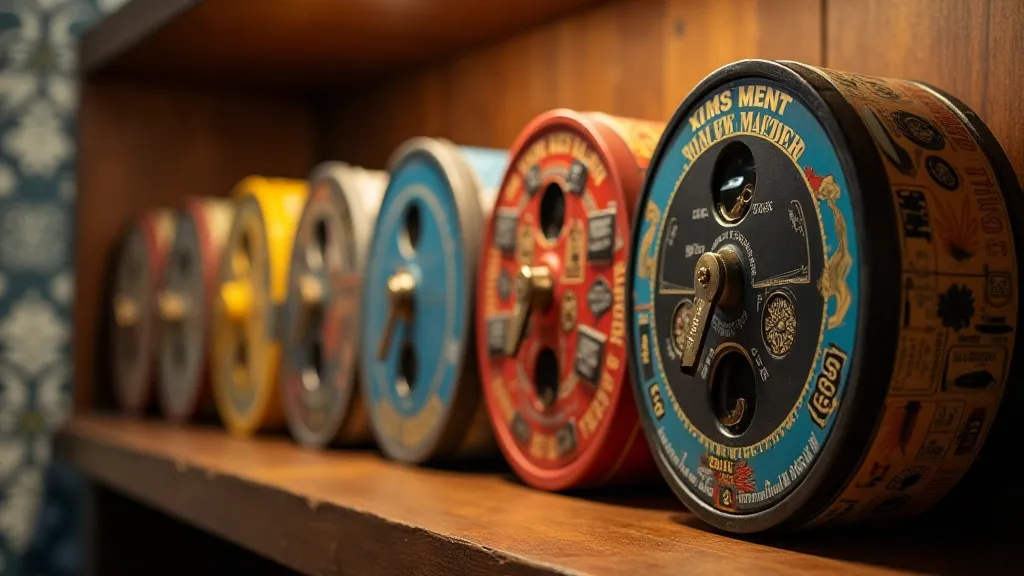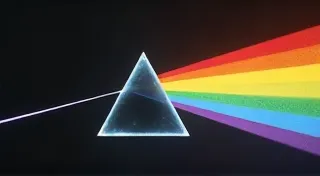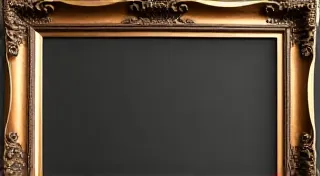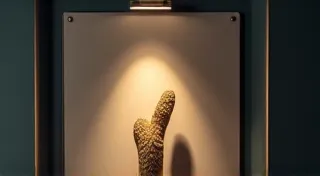A Tapestry of Time: Integrating View-Master Reel Restoration into a Sustainable Practice
There's a particular scent that clings to the past – a blend of aged paper, slightly musty cardboard, and the faintest whisper of the materials used in their creation. For me, that scent is inextricably linked to View-Master reels. As a child, I was mesmerized by the swirling, three-dimensional worlds contained within those tiny cardboard cylinders. They were portals to far-off lands, thrilling adventures, and moments frozen in time. Now, as an adult, my fascination hasn’t waned. It’s evolved into a passion for their restoration – a practice that I'm increasingly mindful of integrating into a framework of sustainability.
View-Masters, you see, aren’t just nostalgic toys; they are tangible pieces of history. Introduced in 1939, they quickly captured the imagination of a generation eager to escape the realities of war and embrace a burgeoning sense of wonder. They documented everything from national parks and exotic travel destinations to Hollywood movie sets and beloved cartoon characters. Each reel is a miniature time capsule, preserving a slice of the past. And too often, these precious artifacts are found in a state of disrepair – cracked reels, faded images, and brittle cardboard threaten to silence the stories they hold.
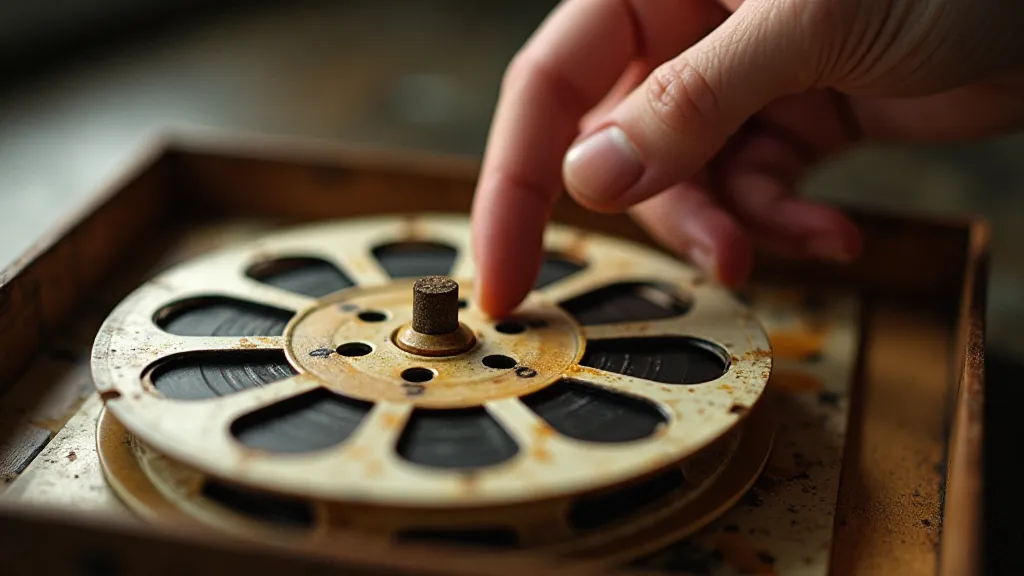
The Gentle Art of Revival: A Restoration Philosophy
The urge to repair something broken is an inherent human instinct. It speaks to our desire for preservation, for connection to the past. But in the world of vintage toy restoration, it’s a delicate balance. Aggressive cleaning or hasty repairs can easily do more harm than good. My approach has always been rooted in a philosophy of minimal intervention. I believe in honoring the original character of the reel, allowing its age and history to be visible, rather than striving for a pristine, factory-fresh appearance. A few faint scratches or a slight discoloration are testaments to its journey through time – and they tell a story in themselves.
The process itself is surprisingly meditative. It begins with meticulous cleaning, often involving gentle dusting with soft brushes and the careful use of specialized cleaning solutions designed for photographic materials. Reels often accumulate dust, grime, and even residue from old storage containers. Then comes the often-challenging task of re-sprocketing – replacing the tiny plastic cogs that advance the reels. These are remarkably fragile and frequently break, leaving the reels unusable. Finding replacement sprockets, especially for rarer reels, can be a rewarding scavenger hunt in itself, often involving connecting with other collectors and online communities.
Beyond the physical restoration, there’s also an element of historical research. Identifying a reel’s origins, production date, and intended audience often unlocks a deeper appreciation for its significance. The accompanying cardboard viewer, often overlooked, is also a vital component. These too, require careful cleaning and repair, their mechanisms often stiff or damaged from years of neglect. Observing the manufacturing quality – the precision of the gears, the crispness of the printed images – reveals the craftsmanship and dedication that went into creating these seemingly simple toys.
Sustainability and the Circular Economy of Vintage
For years, I viewed the restoration of View-Master reels as purely a passion project. A way to rescue these pieces of history and share them with others. But recently, I’ve begun to consider its broader implications within the context of environmental sustainability. We live in a society of disposability, where technology advances rapidly and items are often discarded after a relatively short lifespan. The environmental cost of this "throwaway" culture is staggering.
Restoring vintage View-Master reels, and engaging in similar practices of antique toy repair more broadly, actively contributes to a circular economy. It prevents items from ending up in landfills, reduces the demand for new manufacturing, and preserves valuable resources. Choosing to repair something instead of replacing it is a simple act, but it’s a powerful statement against the prevailing culture of consumption. It’s about valuing the objects we own, appreciating their history, and recognizing the energy and resources that went into their creation.
Furthermore, the materials used in vintage View-Master reels are often significantly different from those used in modern toys. The cardboard is thicker, the images are printed on higher-quality photographic paper, and the plastic components are often more durable. By keeping these reels in circulation, we're preserving a legacy of craftsmanship and material quality that is increasingly rare today. The very act of using vintage materials, and learning how they age, informs how we might improve material selection and manufacturing practices today.
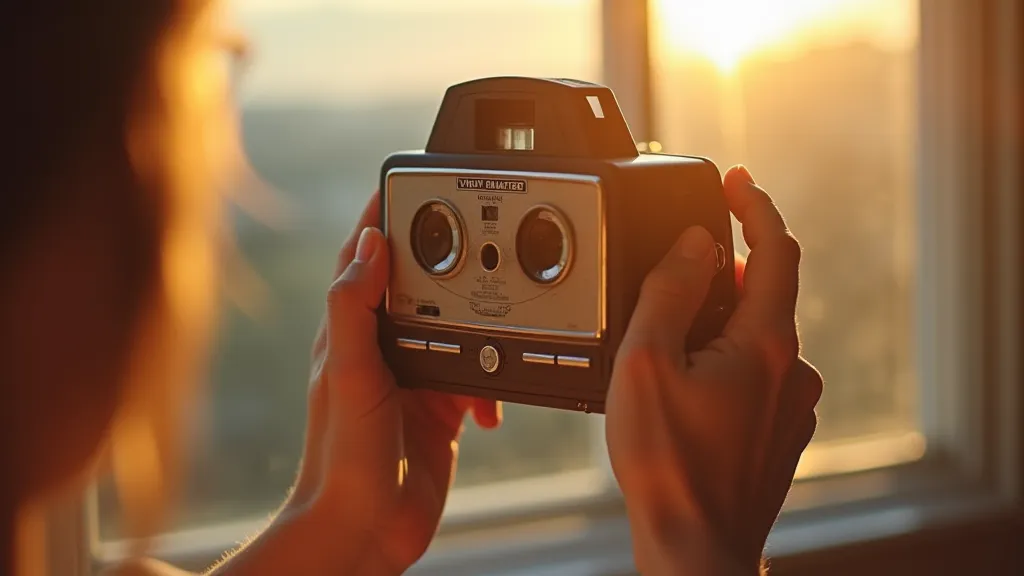
Beyond the Reel: A Community of Preservation
The joy of restoring View-Master reels isn’t solely derived from the technical aspects of the process. It’s also found in the community of collectors and enthusiasts who share a passion for these treasures. Online forums, collector's clubs, and local swap meets provide invaluable resources for finding parts, sharing knowledge, and celebrating the beauty of these miniature worlds. These connections foster a sense of shared purpose – a collective commitment to preserving a piece of our collective history.
Even more important than acquiring and restoring a few key pieces is the passing on of knowledge. Teaching younger generations the value of preservation, and instilling in them an appreciation for the craftsmanship of the past, is crucial to ensuring that these treasures continue to inspire for generations to come. It’s about fostering a mindset of respect for objects – understanding that they are more than just commodities; they are tangible links to our past.
A Continuing Journey
Restoring vintage View-Master reels is more than just a hobby for me. It’s a way of connecting with the past, contributing to a more sustainable future, and sharing a love for these miniature worlds with others. It’s a constant learning process – a journey of discovery that reveals new insights into the history of these objects and the values that underpin a culture of preservation. And as long as there are reels in need of rescue, I'll be there, carefully cleaning, repairing, and ensuring that their stories continue to be told.
